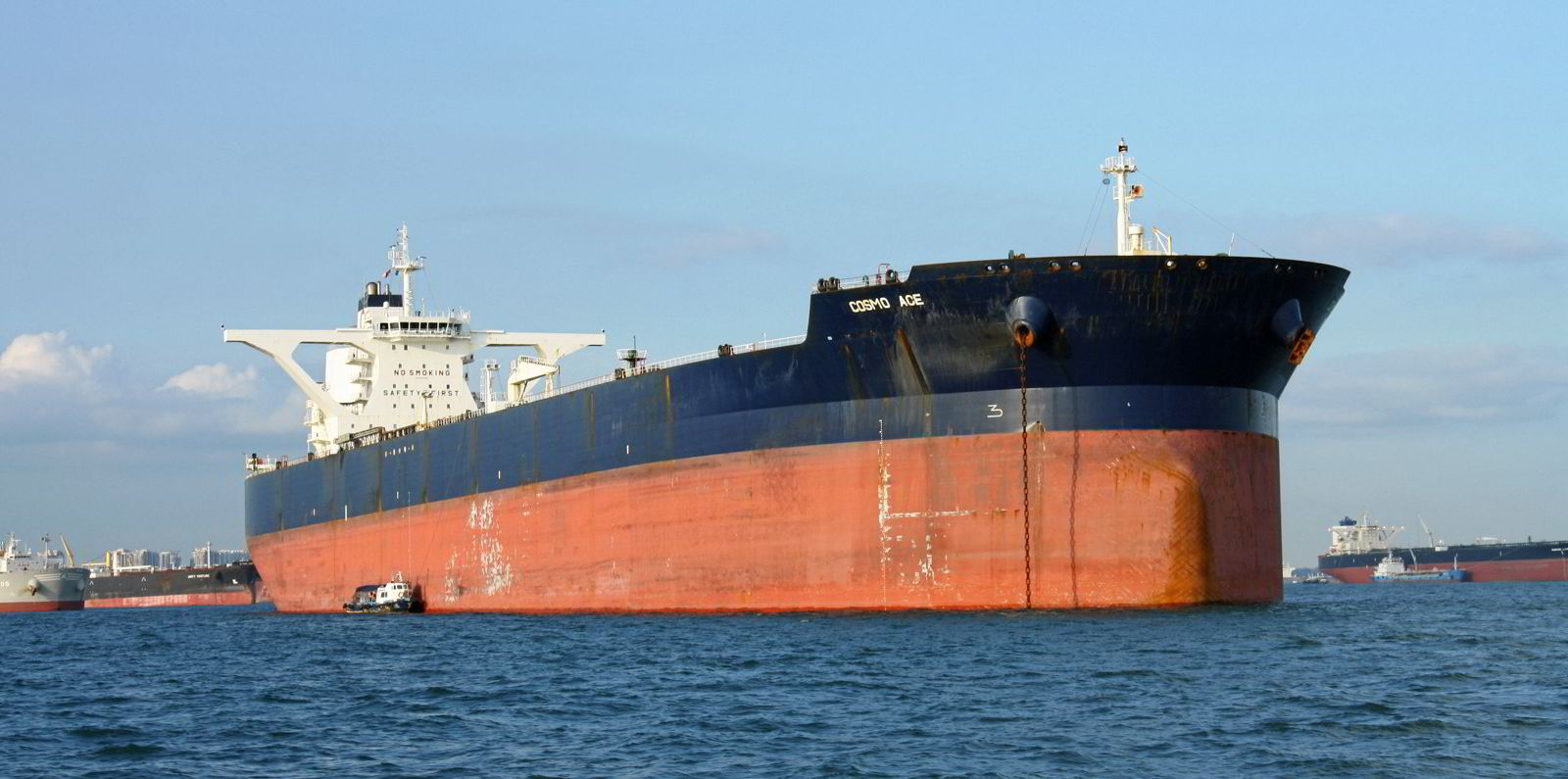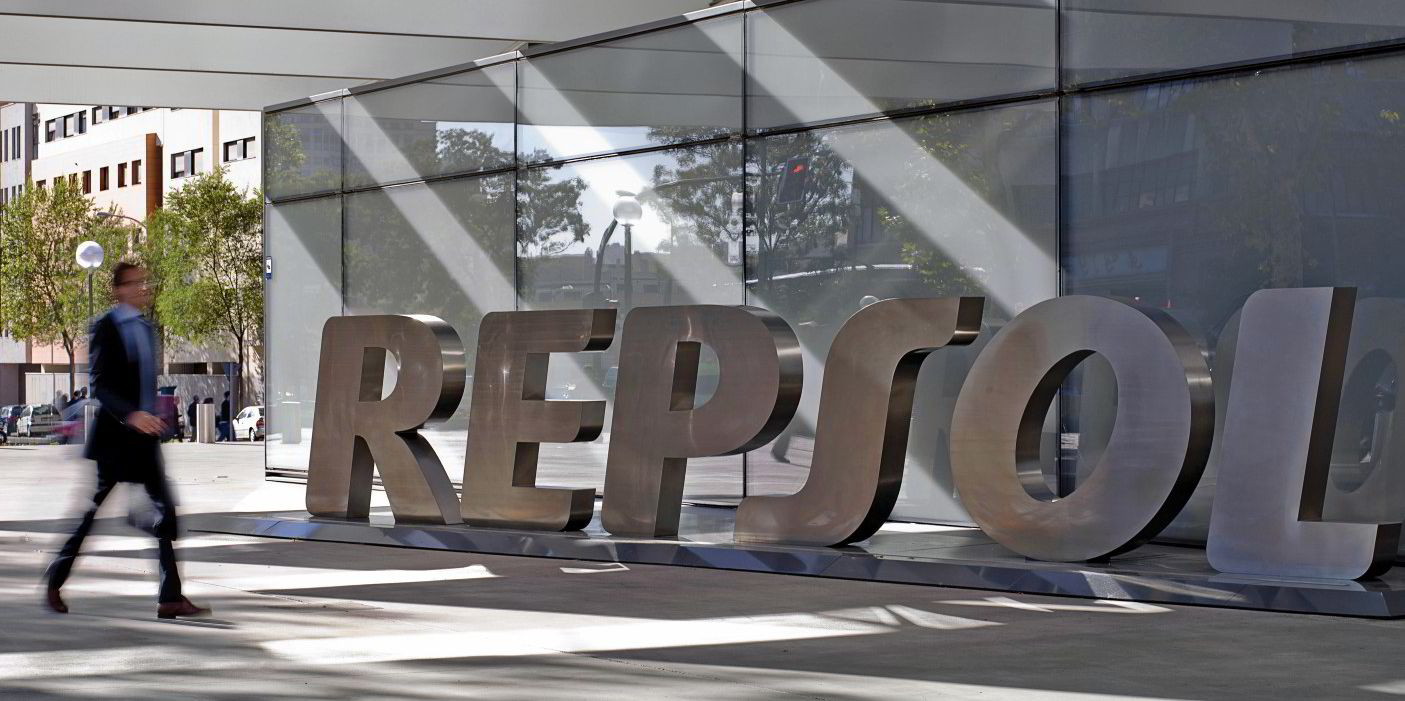VLCC voyages to Europe are back with a vengeance as Russia’s war in Ukraine dramatically shakes up global tanker trades, says Poten & Partners.
In the months since the February 2022 invasion, Europe has “pivoted away” from Russian crude to other sources of oil, according to the US shipbroker.
The main beneficiary of the changes in Europe’s crude sourcing seems to be the US Gulf.
“In the years prior to the conflict in Ukraine, Europe imported about 6% of its crude oil from the US Gulf. Since the invasion, this has doubled to 12%,” said Poten.
European imports from South American countries such as Brazil and Guyana, West Africa and the Middle East increased as well, albeit not to the same extent.
Poten said these changes have led to a “significant increase” in tonne-mile demand for European crude oil import.
These changes in European trade flows have had a substantial impact on the tanker market.
“The short-haul trades from the Baltic and the Black Sea were dominated by aframax and suezmax tankers. However, the invasion seems to have accelerated the return of the VLCCs in the European market,” said Poten.
“VLCC traffic into Europe was steadily declining prior to the outbreak of Covid-19 and during the pandemic. VLCCs were hardly used for European crude oil imports.
“This changed after the invasion. VLCCs have returned to prominence, especially on the US Gulf-Europe trade route,” the broker said.
Data from Poten shows that VLCC traffic into Europe topped 1bn tonne-miles per day during July this year, a figure not seen since July 2018.
Seabourne crude imports into Europe by suezmax have risen to 2.75bn tonne-miles per day, while volumes by aframax were closing on 4bn tonne-miles per day.
However, Poten said the changes in the European oil trades and their impact on the global tanker market have “only just started”.
When the European ban on Russian seaborne crude oil imports goes into effect in December of this year, further changes will need to be made.
“Europe still imports almost 2m barrels per day (bpd) of crude oil from Russia, down 20% from the 2.5m bpd in the 12 months prior to the conflict,” Poten said.
“Replacing this will need to come from longer-haul sources across the Atlantic, West Africa and the Middle East.
“The tonne-mile demand generated by European imports increased by 32% as a result of replacing 500,000 bpd of Russian crude oil.
“Finding alternative sources of supply for another 2m bpd will provide another massive stimulus to tonne-mile demand and tanker rates,” the broker added.
On top of this, Russia will try to find alternative customers for its crude oil output, most likely China and India which will also boost tonne-mile demand.
“The tanker market is in for a wild ride,” said Poten.





